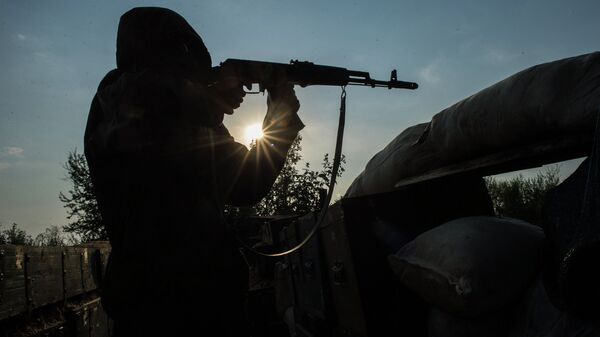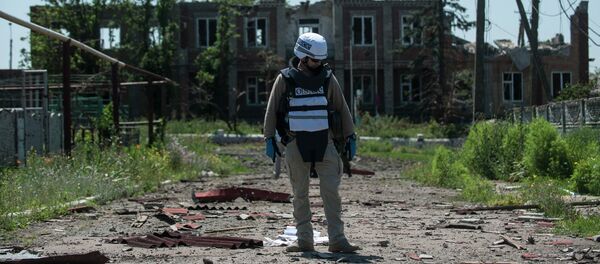"Our daily reports catalogue ceasefire violations by both sides along the contact line [in Donbas]. The reports also highlight that there are a number of ‘hot spots’ where such violations are more frequent. These include the general areas of StanytsaLuhanska; Schastia; Trokhizbenka, Slavianoserbsk; Sokilniky, Krimske; Pervmaisk, Popasna; Donetski, CP 29 and along the Bachmuhta highway," Alexander Hug said in an interview with RIA Novosti.
Hug added that the information about ceasefire violations is often "contradictory and inconsistent" and that the OSCE Special Monitoring Mission (SMM) in Ukraine is sometimes prevented from visiting the sites of reported violations by "commanders who do not want us to see their positions and heavy weapons that should not be there."
The pullback of heavy weaponry from the line of contact in Donbas was another provision of the Minsk accord, as well as increased autonomy for the Luhansk and Donetsk regions. However, both sides have repeatedly accused each other of violating the agreements.
According to UN data, over 6,800 people have been killed in eastern Ukraine since the beginning of the conflict in April 2014.



